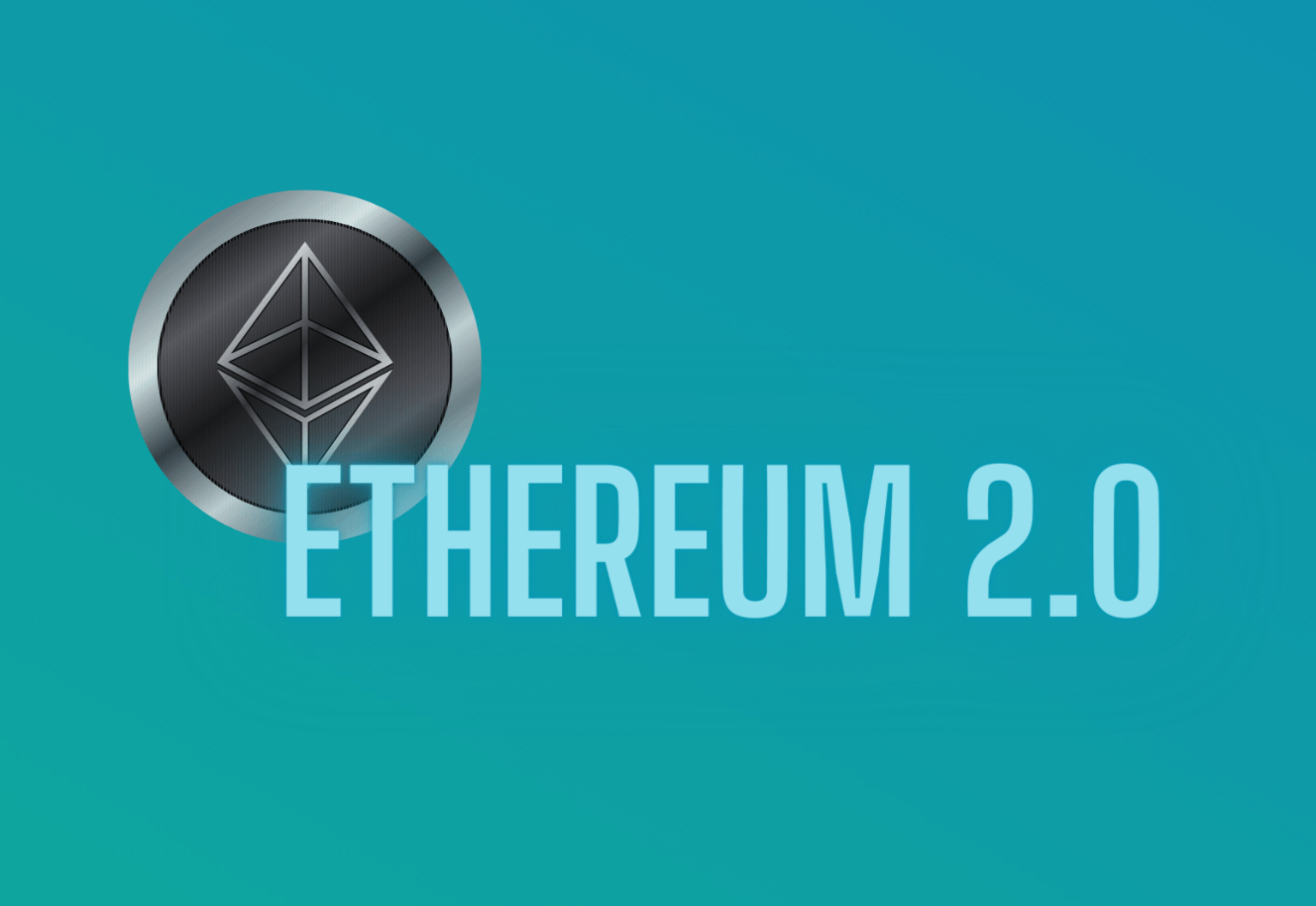The Ethereum blockchain is undergoing some significant updates. Learn more about how these changes will improve sustainability, scalability, and security.
Update: In a blog post on Monday, January 24, 2022, Ethereum announced it was phasing out the Ethereum 2.0 terminology in favor of the following terms:
- Execution layer—the original PoW blockchain
- Consensus layer—the merge to a PoS blockchain
The platform stressed the shift was a change in name only and wouldn’t reflect on the upgrades or timeline. The information below is still valid.
Ethereum was initially released in July 2015. In the years since, the Ethereum blockchain has gone through many upgrades, but none as important as its upcoming 2.0 release—also known as the Serenity Upgrade.
Why does the Ethereum 2.0 release matter?
Ethereum 2.0 will include the biggest change to the network’s consensus mechanism—it will migrate from its current proof of work (PoW) consensus mechanism to proof of stake (PoS).
This change will improve many aspects of the network including:
- Sustainability—decreased environmental impact
- Scalability—increased number of transactions
- Security—decreased likelihood of a 51% attack
The version of PoS being implemented for Ethereum’s upgrade is referred to as the Casper Protocol.
Why is Ethereum switching to PoS?
PoS uses an economic incentive model to secure a network and verify transactions. In other words, PoS creates a financial motivation for people to take certain actions—a reward for validating legitimate transactions, or a fine for validating illegitimate transactions.
Network users stake a portion of their ether (ETH)—Ethereum’s native cryptocurrency—for the opportunity to approve new transactions. False or incorrect transaction approvals will result in penalty fees, which are taken from staked funds.
The change helps Ethereum stay relevant in the competitive blockchain space while improving sustainability, scalability, and security.
To learn more about crypto staking and its requirements, please read our article.
Will Ethereum 2.0 replace Ethereum?
The immutability of blockchain transactions ensures past events can never be changed.
The Ethereum 2.0 upgrade will include and continue to rely on the accuracy of pre-upgrade transactions while adding and validating post-upgrade transactions using the new consensus model.
Ethereum 2.0 should be viewed as an upgrade rather than a replacement of the older Ethereum network.
How will Ethereum 2.0 improve sustainability?
Recognizing that PoW can have negative environmental impacts is key to understanding how Ethereum 2.0 will provide improved sustainability.
PoW networks can require hundreds of thousands of computers to perform billions of calculations per second; the rate of these calculations is known as hash power. Those calculations require electricity generated by power plants that cause pollution.
Ethereum 2.0’s PoS model removes the need for billions of calculations per second.
Those calculations are replaced with a reward for validating legitimate transactions; it requires exponentially less electricity, and improves Ethereum’s long-term sustainability in an ever-growing, eco-conscious world.
How will Ethereum 2.0 improve scalability?
Ethereum is currently limited in how many transactions it can process per second. This throughput can’t support the continued growth of users while also remaining cheap and cost-effective.
Ethereum 2.0 will improve transactional throughput using shard chains.
What are shard chains?
Shard chains offer a means of splitting transaction data across the 64 multiple blockchains on the Ethereum network. These blockchains will have their own throughput limitations, but collectively they increase the overall throughput of the network as a whole.
How will Ethereum 2.0 improve security?
Ethereum’s current security against 51% attacks relies on the distribution of the computational power and can be subject to a coordinated, albeit unlikely, attack.
What is a 51% attack?
PoW as a consensus mechanism becomes subject to a 51% attack when more than 50% of the computational power is held by an individual or group of individuals. These larger groups could coordinate to validate false transactions, and destroy users’ faith in the validity of the blockchain data.
Ethereum 2.0’s PoS model doesn’t fully eliminate the possibility of a 51% attack, but it greatly decreases the likelihood because, unlike PoW, an attacker wouldn’t be able to purchase the network’s hash power. Instead, an attacker would have to obtain more than 50% of the total staked ETH on the network—a far more complicated task.
When does Ethereum 2.0 launch?
Ethereum 2.0 is being rolled out in multiple phases over multiple years. Phase 1—the Beacon Chain—is live on the Ethereum network after launching on December 1, 2020. This phase introduced staking to the Ethereum network and sets the framework for which all future phases rely on.
What is the Ethereum 2.0 timeline?
Phase 2 will merge the Beacon Chain and the existing Ethereum chain; it’s expected to be released in early 2022.
The third and final phase will introduce shard chains to the network to finalize the Ethereum 2.0 launch. The initial rumor was that Phase 3 would be completed some time in the second half of 2022. However, one of Ethereum’s cofounders Vitalik Buterin commented the work was only 50% complete as of January 2022 and could continue for much longer.
What are the tax implications of Ethereum 2.0?
To learn more about the tax implications of Ethereum 2.0, particularly when it comes to staking, please read all about the details in our article.
How Taxbit can help
Taxbit recognizes the need to support your decentralized finance (DeFi) activity, and each day we’re actively working on expanding DeFi support to popular blockchains.
The initial version of our DeFi support allows you to sync in any transfers, trades, and approvals you’ve made on a DeFi platform involving ERC-20 tokens on the Ethereum network, or BEP-20 tokens on the Binance Smart Chain network.
Ready to try out the updates for yourself? Create an account or login to start.
Want to learn more about DeFi and all the ways it differs from traditional finance? Read our article.
.png)


